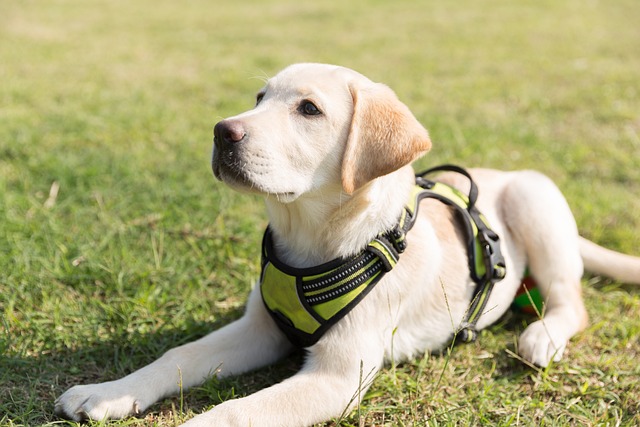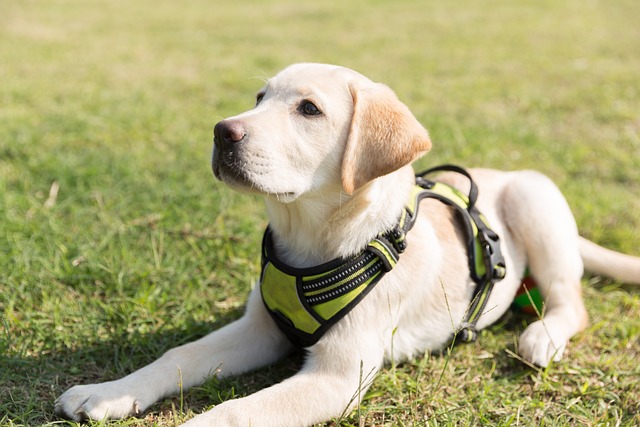
What is the 1 2 3 method for dog training
Ever called your dog in the park, only for Fido to pretend he’s suddenly deaf? Or struggled to get him off the sofa when guests arrive? You’re not alone.
Let's unpack this hot-button issue many new dog owners face. You see that shiny "training collar" promising instant obedience, maybe at the big-box pet store or online. But before you click 'buy', let's talk safety and science. The term "training collar" often refers to devices designed to cause discomfort or pain to stop unwanted behavior – think shock collars (e-collars), prong collars, or choke chains. Are training collars bad for dogs? The short answer is: many animal behavior experts and leading veterinary organizations, like the American Veterinary Society of Animal Behavior (AVSAB), say yes, they pose significant risks. Why? It boils down to how dogs learn and experience stress. Using pain or fear doesn't teach your dog what to do; it suppresses behavior through intimidation. This can backfire spectacularly, increasing anxiety, damaging your bond, and potentially leading to aggression – the dog associates the pain with whatever is nearby, which could be you, another dog, or a child. Think of a dog startled by a shock when seeing a skateboarder; instead of learning to stay calm, they might learn to fear and lunge at skateboards.
The science is pretty clear. Studies show aversive tools like shock collars elevate stress hormones like cortisol, sometimes long after the correction. Dogs trained this way often show signs of learned helplessness (shutting down) or heightened reactivity. Modern, force-free training, based on positive reinforcement training methods, works with your dog's natural desire for rewards (treats, praise, play) to build good habits. It focuses on rewarding the behavior you want (like walking calmly) instead of punishing what you don't. This isn't just kinder; it's more effective for long-term learning and building trust. For leash manners specifically, tools like front-clip harnesses (gentle body pressure discourages pulling) or well-fitted head halters (like a Gentle Leader, guiding the head) offer control without harm. The key is pairing the tool with consistent, reward-based training – the tool manages the behavior temporarily while you teach the desired skill.

So, what's the alternative? Ditch the punitive gadgets and invest in positive training. Start indoors: practice leash pressure games without distractions. Teach your dog that slight pressure on the leash means "come towards me" for a delicious reward. Use high-value treats (real chicken bits!) liberally when they choose to walk beside you. For strong pullers, a front-clip harness is often the most humane and effective starting point – brands like Ruffwear or Blue-9 offer sturdy, comfortable options. Practice the "engage-disengage" game: reward your dog for looking calmly at a distraction (like another dog across the street) and then back at you. Short, frequent sessions are key. Remember, leash skills take time and patience, like learning a new dance. If you're stuck, seek a certified force-free trainer (look for credentials like CCPDT-KA or KPA-CTP) – they're worth every penny.
Beyond the collar choice, being a responsible dog owner in the US involves essential legal and community awareness. Before any public training session, double-check your pup's rabies vaccination is up-to-date – it's non-negotiable state law practically everywhere. Always carry multiple poop bags. Leaving your dog's waste behind in Central Park, a local hiking trail, or even on your neighbor's manicured lawn isn't just gross; it's a fast track to hefty fines and neighborhood resentment. If you live in a downtown apartment building, be extra mindful. Use hallways for brief training drills before tackling busy sidewalks. Keep your leashed dog close in elevators and common areas – a 4-6 foot fixed leash offers far better control than a flimsy retractable lead. Respect shared spaces; not everyone adores dogs, and some dogs need space. Practice good leash manners: step aside, create distance, or cross the street when encountering others. By choosing force-free tools and respecting community standards, you ensure your dog's training journey is safe, effective, and builds a happier partnership for everyone.

Ever called your dog in the park, only for Fido to pretend he’s suddenly deaf? Or struggled to get him off the sofa when guests arrive? You’re not alone.

Watching your energetic Aussie ricochet off furniture isn’t chaos—it’s untapped agility potential. DIY dog agility training transforms your living space into a thrilling

Small dogs have big personalities, but their tiny bladders mean potty training demands extra patience. Start by mapping their schedule—puppies under six months need a trip outside first thing in the morning

That image of a dog happily guarding a farm may dance in your head, but modern "outside dog" training demands more than a bowl and a doghouse.

Dogs rummaging through trash isn’t just messy—it can turn dangerous fast. A single bite of spoiled food might lead to upset stomachs, while wrappers or bones could get stuck in their throats.

Walk into any pet store, and you’ll see aisles of gadgets promising to “fix” your dog’s behavior: prong collars, shock remotes, “training” spray bottles.